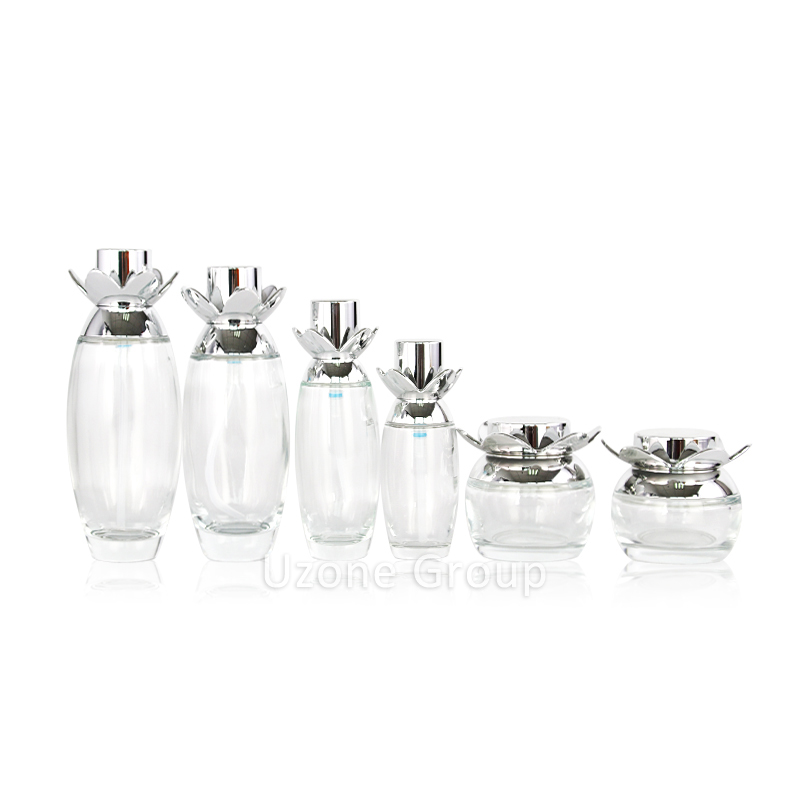Visiongain, a London-based business information and advisory service, has announced a 231-page statement on the Materials and Uses Outlook for the Cosmetics Packaging Market 2016-2026, stating that the international cosmetics packaging market is expected to reach US$32.4 billion this year. What exactly does the future hold for plastic and glass packaging, the two main types of cosmetic bottle packaging?
In general, the texture of cosmetic products is divided into solid granular (powder), liquid and milky cosmetics, and cream cosmetics, so the shape of the bottle packaging is more widely used in cosmetic packaging. Together, cosmetic products do not have an obvious appearance of their own, and it is necessary to go through a delicate and unique packaging planning in order to show their own characteristics.
From the current situation, the plastic bottle has obvious advantages. It is light in weight, low in price and can be made in a variety of sizes, transparent and non-transparent. Coupled with the very good printing properties of plastic bottle packaging, there is the option of thermal transfer, inkjet, printing and other methods to print instructions, logos and barcodes directly on the exterior of the container. In recent years, PET resin has been used rapidly in cosmetic containers, leading to a significant change in the use of plastic instead of glass bottles. Plastics now account for over 80% of the cosmetic packaging market, making them the most important packaging container for cosmetics.
Related to the proportion of plastic, the proportion of glass-textured bottle packaging in cosmetic packaging is relatively small, not more than 8%, but glass still has an irreplaceable advantage in this regard, and in the short term is still the material of choice for high-grade cosmetics, and the reasons for this situation are the following.
First, the texture of the glass bottle packaging to be superior to plastic bottles. The charm of the glass bottle, it can be made frosted type can also be transparent, coupled with the heaviness of the glass bottle can make the customer’s trust multiplied, improve the grade of cosmetics, which is plastic packaging can not do. Today, most perfumes are still packaged in glass bottles. For example, Italy’s BVLGARI women’s perfume, its packaging planning adheres to the tradition of exquisite excellence, with streamlined sandblasted glass bottles to highlight its clean lines, the bottle is a soft emerald green, conveying a fresh, elegant, friendly qualities.
Secondly, the glass bottle packaging is better sealed. For some cosmetics with a whitening and nutritional effect, they are like food, containing a large number of nutrients but highly susceptible to oxidation, which requires their packaging to be well sealed to insulate them from the effects of oxygen. In addition, perfumes that are volatile also require their packaging to be highly insulating. Glass bottles, with their high degree of isolation, are undoubtedly more effective than plastic bottles in retaining their contents. For this reason, glass bottle packaging is still preferred for some high-end road cosmetics.
Nowadays, plastic bottle packaging accounts for a larger share of cosmetic packaging and is widely used, but glass bottle packaging also has its irreplaceable advantages. Glass-textured cosmetic packaging should still take a high-end route in the future, while also increasing its technological content.
